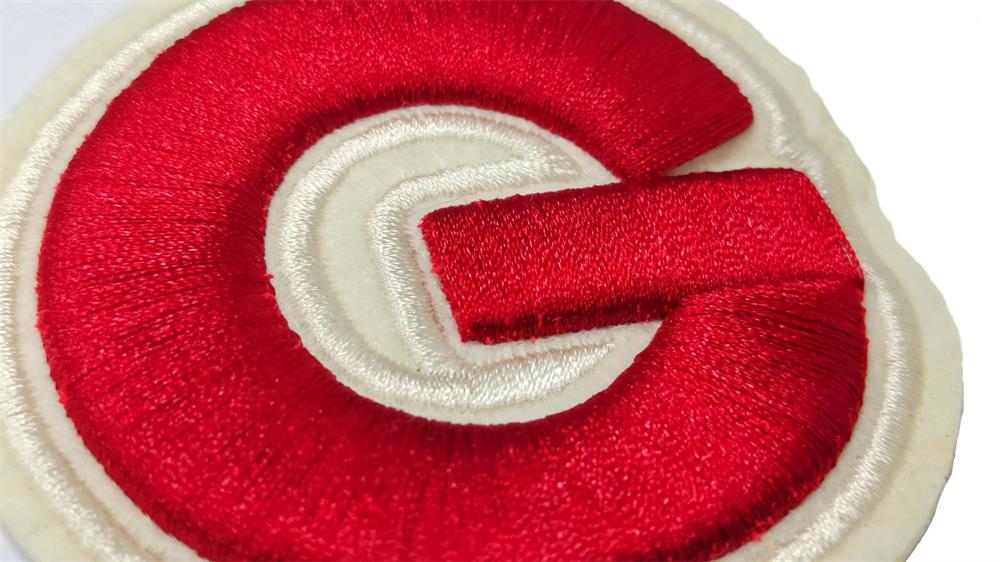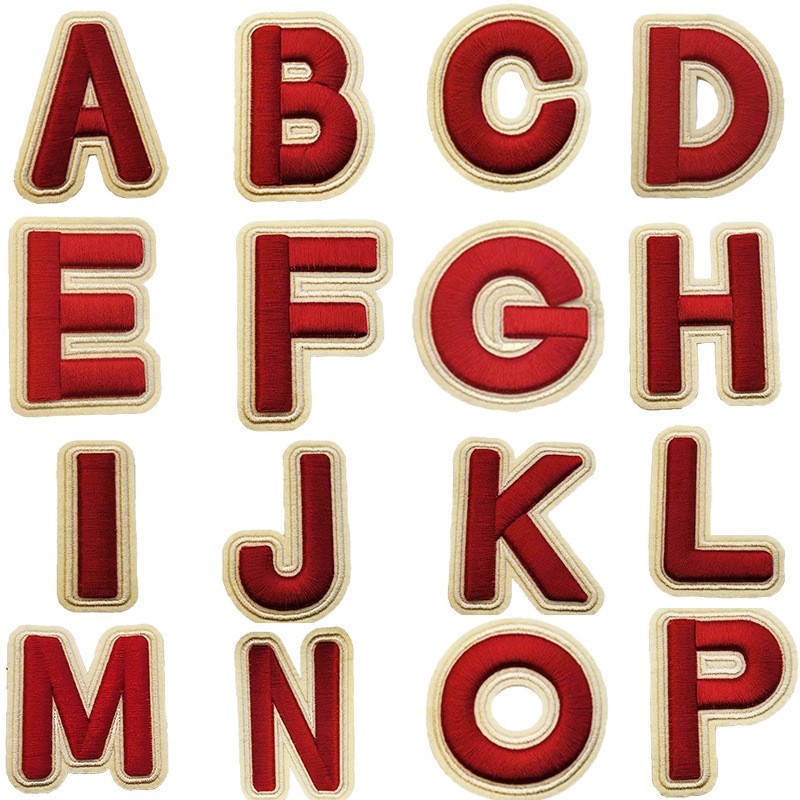3D embroidery is a technique that involves adding three-dimensional elements to embroidered designs, creating a tactile and visually striking effect. Unlike traditional embroidery, which is generally flat, 3D embroidery uses various materials and techniques to bring depth and texture to the artwork. This technique adds an extra dimension to the art form, making it stand out and captivating viewers.
Benefits and Applications of 3D Embroidery
3D embroidery offers several benefits and finds applications in various fields. Some of the key advantages include:
1. Enhanced texture and visual impact
The added dimensionality of 3D embroidery creates a visually stunning effect, capturing attention and adding depth to the design.
2. Realistic representation
With 3D embroidery, it is possible to replicate the look and feel of three-dimensional objects, such as flowers, animals, or architectural details, with greater realism.
3. Versatility in material usage
3D embroidery allows for the incorporation of a wide range of materials, such as foam, fabric, beads, or sequins, to create different textures and effects.
4. Branding and personalization
The use of 3D embroidery is widespread in the branding industry, as it helps logos and designs stand out and leave a memorable impression. It is also utilized in personalizing garments, accessories, and home decor items.
5. Artistic expression
3D embroidery opens up new possibilities for creative expression and experimentation, enabling artists and crafters to push the boundaries of traditional embroidery and create unique, eye-catching pieces.
What is the Difference Between 3D Embroidery and Normal Embroidery?
The main difference between 3D embroidery and normal embroidery lies in the techniques and materials used to create a three-dimensional effect in the design.
1. Dimensionality
In normal embroidery, the design is typically stitched onto a flat surface, and the focus is on creating detailed and visually appealing two-dimensional designs. On the other hand, 3D embroidery aims to add depth, texture, and a sense of three-dimensionality to the design. It involves incorporating additional materials like foam, fabric, beads, or sequins to create raised elements or layered textures, making the embroidery visually pop out from the surface.
2. Techniques
Normal embroidery primarily utilizes flat stitches, such as satin stitches, running stitches, or fill stitches, to create the design. These stitches lie flat on the fabric and are meant to enhance the visual appeal of the two-dimensional design. In contrast, 3D embroidery incorporates techniques like padded satin stitches, which build up layers of stitching to create raised elements, or techniques like couching and cording, which add raised outlines and accents to the design. These techniques add depth and texture to the embroidery, giving it a three-dimensional appearance.
3. Materials
While normal embroidery typically involves stitching with thread onto fabric, 3D embroidery introduces additional materials to create the desired effects. Foam is commonly used to create raised elements, fabric pieces are layered and stitched to add dimension, and beads, sequins, or other embellishments are incorporated for added texture and visual interest. These materials work in conjunction with the embroidery stitches to achieve the three-dimensional effect.
Overall, the difference between 3D embroidery and normal embroidery lies in the intention and execution. 3D embroidery aims to go beyond the flat surface, adding depth and dimension to the design through the use of additional materials and specialized stitching techniques. It allows for a more tactile and visually striking outcome, making the embroidery stand out and capturing attention.
4. Machine Limitations
If using an embroidery machine, there may be limitations in terms of the design size, hoop size, or the machine’s capability to handle certain materials. Some machines may have difficulty stitching through thick or dense materials, which can affect the feasibility of certain 3D embroidery techniques.
5. Time and Patience
Creating 3D embroidery pieces often requires more time and patience compared to regular embroidery. The additional steps, such as layering materials, shaping elements, or stitching intricate details, can be time-consuming. It’s important to allocate sufficient time and attention to achieve the desired 3D effects.
6. Washing and Care
Care should be taken when washing or cleaning 3D embroidery pieces, especially if additional materials like beads or sequins are incorporated. These materials may require special care or could be damaged during washing or dry cleaning. Following the recommended cleaning instructions for the specific materials used is important to maintain the quality and longevity of the embroidery. attracting a diverse customer base.
6. Enhanced Marketing and Brand Awareness
Products featuring 3D embroidery can serve as effective marketing tools. The eye-catching designs can generate interest, attract attention, and spark conversations. Customers who purchase and wear your 3D embroidered products become walking advertisements, spreading awareness of your brand and products wherever they go.
7. Customer Engagement and Satisfaction
Offering unique and visually appealing 3D embroidered products can enhance customer engagement and satisfaction. Customers are more likely to be excited about and satisfied with products that offer a tactile and visually impressive experience. This can lead to repeat purchases, positive word-of-mouth referrals, and increased customer loyalty.


Post time: Aug-05-2023

